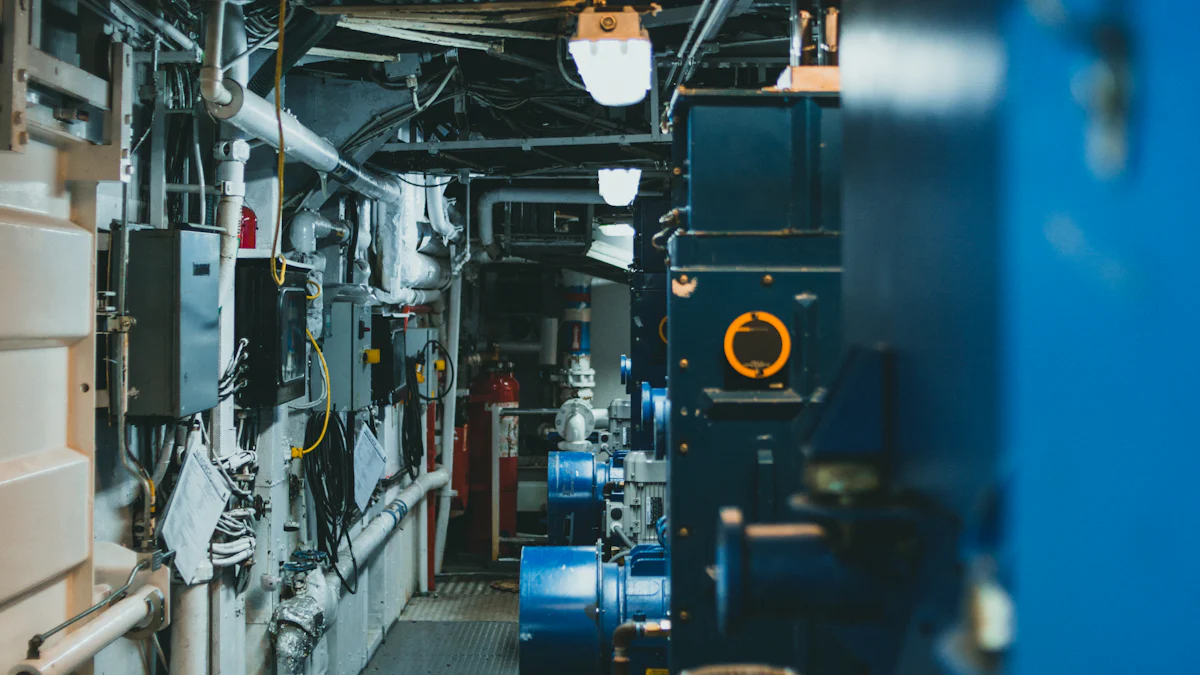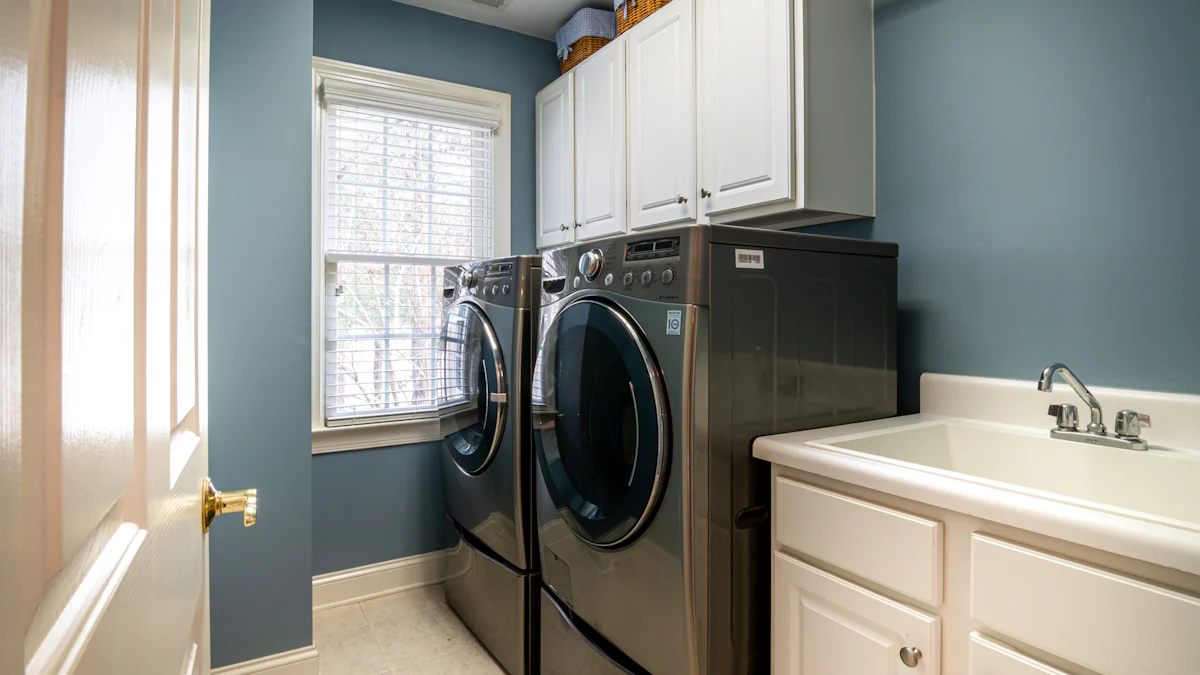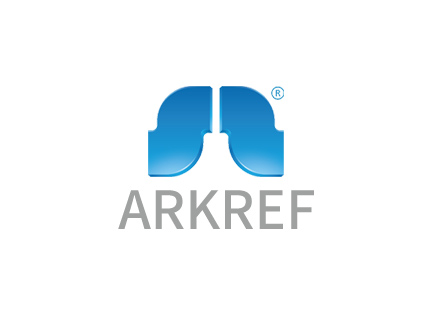Understanding Cryogenic Freezer Maintenance and Care

Maintaining your cryogenic freezer is crucial for its longevity and efficiency. Proper care ensures that it operates at optimal levels, preserving valuable samples without interruption. Neglecting maintenance can lead to severe consequences, such as the loss of irreplaceable samples and decreased compressor efficiency. Regular upkeep prevents frost and ice buildup, which can reduce storage capacity and increase energy consumption. By investing time in routine maintenance, you safeguard your equipment and the integrity of your stored materials.
What is a Cryogenic Freezer?

Definition and Functionality
A cryogenic freezer is a specialized piece of equipment designed to achieve extremely low temperatures. You use it to preserve biological samples and other sensitive materials. These freezers typically operate at temperatures ranging from -150°C to -190°C. This makes them ideal for long-term storage of cells, tissues, and other biological materials. Many cryogenic freezers utilize liquid nitrogen as the primary cooling medium. However, some models can achieve these temperatures without it. The design of a cryogenic freezer ensures high performance and reliability. It often features temperature uniformity within +/-5°C to maintain sample integrity.
Importance in Various Industries
Cryogenic freezers play a crucial role in various industries. In the medical field, you find them essential for the cryopreservation of samples like cord blood and reproductive materials. They are also used to freeze and store human tissue, stem cells, and organs at sub-zero temperatures. In the food industry, cryogenic freezers help freeze, store, and transport large quantities of food such as grains, poultry, seafood, dairy, and meat. Their ability to provide low-carbon refrigeration solutions makes them valuable in renewable energy storage as well. Additionally, cryogenic freezers offer advantages like faster freezing processes, less dehydration, and reduced bacterial growth. This ensures better preservation of the frozen material's structure and form. Their versatility extends to fields like biology, chemistry, and food engineering, where they provide refrigeration solutions for clinical applications and cooling finished food products.
Routine Maintenance Tasks

Routine maintenance of your cryogenic freezer ensures its optimal performance and longevity. By following a structured maintenance plan, you can prevent potential issues and maintain the integrity of your stored samples.
Cleaning Procedures
Regular cleaning is essential for maintaining the efficiency of your cryogenic freezer. It helps prevent ice buildup, which can reduce storage capacity and increase energy consumption.
Recommended Cleaning Agents
Use cleaning agents that are non-abrasive and safe for the materials of your freezer. Mild detergents and alcohol-based solutions work well. Avoid harsh chemicals that could damage the interior surfaces or compromise the freezer's functionality.
Frequency of Cleaning
Clean your cryogenic freezer at least once every three months. More frequent cleaning may be necessary if you notice frost accumulation or if the freezer is used heavily. Regular cleaning prevents ice buildup and ensures efficient operation.
Checking for Leaks
Leaks in a cryogenic freezer can lead to temperature fluctuations and loss of valuable samples. Regular checks help identify and address leaks promptly.
Identifying Common Leak Points
Focus on seals, gaskets, and connections as common leak points. Inspect these areas regularly for signs of wear or damage. A visual inspection can often reveal potential issues before they become serious problems.
Tools for Leak Detection
Use tools like leak detectors or soapy water to identify leaks. Apply soapy water to suspected areas and look for bubbles, which indicate escaping gas. Leak detectors provide a more precise method for identifying leaks.
Monitoring Temperature Settings
Consistent temperature is crucial for the preservation of samples in a cryogenic freezer. Monitoring ensures that the freezer maintains the required low temperatures.
Importance of Consistent Temperature
Maintaining a consistent temperature prevents sample degradation and ensures their long-term viability. Temperature fluctuations can compromise the integrity of biological materials, leading to potential loss.
Tools for Temperature Monitoring
Use digital thermometers or temperature monitoring systems to track the freezer's internal temperature. These tools provide real-time data and alerts if the temperature deviates from the set range, allowing for immediate corrective action.
Troubleshooting Common Issues
Addressing Temperature Fluctuations
Temperature fluctuations in your cryogenic freezer can jeopardize the integrity of stored samples. Understanding the causes and implementing solutions is crucial for maintaining optimal conditions.
Causes of Temperature Variability
Several factors can cause temperature variability in cryogenic freezers:
Door Openings: Frequent or prolonged door openings allow warm air to enter, causing temperature spikes.
Improper Sealing: Damaged or worn-out seals and gaskets can lead to air leaks, affecting temperature stability.
Faulty Sensors: Malfunctioning temperature sensors may provide inaccurate readings, leading to improper temperature regulation.
Solutions and Preventive Measures
To address and prevent temperature fluctuations, consider the following steps:
Limit Door Openings: Minimize the frequency and duration of door openings to maintain a stable internal environment.
Inspect Seals Regularly: Check seals and gaskets for wear and replace them as needed to ensure a tight seal.
Calibrate Sensors: Regularly calibrate temperature sensors to ensure accurate readings. Replace faulty sensors promptly.
Expert Testimony: Local Refrigeration Specialist advises, "We recommend contacting a local refrigeration specialist instead of a laboratory equipment specialist for issues related to temperature fluctuations."
Mechanical Failures
Mechanical failures can disrupt the operation of your cryogenic freezer. Identifying issues early and taking immediate action is essential to prevent further damage.
Identifying Mechanical Issues
Look for these signs to identify potential mechanical problems:
Unusual Noises: Grinding, clicking, or buzzing sounds may indicate mechanical issues.
Inconsistent Cooling: Uneven cooling or hot spots inside the freezer suggest mechanical failure.
Frequent Cycling: If the compressor cycles on and off more frequently than usual, it may signal a problem.
Steps for Immediate Action
When you identify mechanical issues, take these immediate actions:
Power Down Safely: Turn off the freezer to prevent further damage.
Consult a Specialist: Contact a refrigeration specialist to diagnose and repair the issue. They have the expertise to handle mechanical failures effectively.
Document the Problem: Keep a record of the symptoms and any actions taken. This information will assist the specialist in diagnosing the issue.
By addressing temperature fluctuations and mechanical failures promptly, you ensure the reliability and longevity of your cryogenic freezer. Regular maintenance and professional assistance play a vital role in troubleshooting and preventing common issues.
Tips for Extending the Lifespan of Your Freezer
Regular Professional Servicing
Regular professional servicing plays a crucial role in maintaining your cryogenic freezer. By scheduling routine check-ups, you ensure that your equipment operates efficiently and reliably.
Benefits of Professional Maintenance
Professional maintenance offers several advantages:
Expertise: Technicians possess specialized knowledge to identify and address potential issues before they escalate.
Efficiency: Regular servicing enhances the performance of your freezer, ensuring it runs smoothly and consumes less energy.
Longevity: Consistent maintenance extends the lifespan of your equipment, protecting your investment.
Scott Robertson, Food Industry Manager, emphasizes the importance of sourcing equipment and cryogen from the same company. This approach ensures ongoing support and service, which is vital for maintaining your freezer's optimal condition.
Recommended Service Intervals
To keep your cryogenic freezer in top shape, adhere to these service intervals:
Quarterly Inspections: Schedule inspections every three months to check for wear and tear.
Annual Overhaul: Conduct a comprehensive review once a year to address any underlying issues.
Regular servicing not only prevents unexpected breakdowns but also ensures the safety and integrity of your stored materials.
Proper Usage Guidelines
Proper usage of your cryogenic freezer is essential for its longevity. By following best practices, you minimize the risk of damage and maintain optimal performance.
Best Practices for Daily Use
Incorporate these practices into your daily routine:
Limit Door Openings: Open the freezer door only when necessary to maintain a stable internal temperature.
Organize Samples Efficiently: Arrange samples systematically to reduce the time spent searching, minimizing door open time.
Monitor Temperature Regularly: Use digital thermometers to ensure consistent temperature levels.
Mark Kehoe and Brian Hoaglan from Helmer Scientific highlight the importance of regular monitoring. They suggest that consistent checks help in identifying potential issues early, preventing costly repairs.
Avoiding Common Mistakes
Avoid these common pitfalls to protect your freezer:
Overloading: Do not exceed the recommended storage capacity, as it can strain the cooling system.
Neglecting Maintenance: Skipping routine checks can lead to mechanical failures and compromised sample integrity.
Using Incompatible Cleaning Agents: Stick to recommended cleaning solutions to avoid damaging the interior surfaces.
By adhering to these guidelines, you ensure that your cryogenic freezer remains in excellent condition, providing reliable service for years to come.
The Benefits of Diligent Maintenance
Diligent maintenance of your cryogenic freezer offers numerous advantages that enhance both its performance and your overall experience. By committing to regular upkeep, you not only protect your investment but also ensure the reliability and efficiency of your equipment.
Cost Savings
Regular maintenance can lead to significant cost savings over time. When you implement preventive measures, you reduce the likelihood of unexpected breakdowns and costly repairs. By keeping your freezer in optimal condition, you minimize energy consumption, which directly lowers operating costs. Additionally, maintaining your equipment helps prevent the loss of valuable samples, which could otherwise result in financial setbacks.
Reduced Repair Costs: Routine checks and timely interventions prevent minor issues from escalating into major problems.
Lower Energy Bills: Efficient operation reduces energy usage, leading to lower utility expenses.
Preservation of Samples: Proper maintenance ensures the viability of stored samples, avoiding potential financial losses.
Expert Insight: A well-maintained freezer operates more efficiently, consuming less energy and reducing overall costs.
Enhanced Performance and Reliability
Diligent maintenance enhances the performance and reliability of your cryogenic freezer. By following a structured maintenance plan, you optimize asset performance and prolong the life of your equipment. This approach ensures that your freezer consistently delivers the low temperatures required for sample preservation.
Improved Equipment Safety: Regular inspections and servicing improve safety by identifying potential hazards early.
Optimized Performance: Consistent maintenance keeps your freezer running smoothly, ensuring reliable operation.
Extended Equipment Life: Preventive care prolongs the lifespan of your freezer, maximizing your investment.
Recommendation: Implementing a detailed maintenance plan, including data collection and regular work, mitigates risks and sustains sample viability.
By prioritizing diligent maintenance, you enjoy the benefits of cost savings, enhanced performance, and increased reliability. These advantages contribute to the long-term success of your cryogenic storage solutions.
You have explored the essential aspects of maintaining and caring for cryogenic freezers. Regular maintenance ensures your equipment operates efficiently, prolonging its lifespan and safeguarding valuable samples. By implementing routine checks, cleaning, and professional servicing, you prevent costly breakdowns and enhance performance.
Remember: A well-maintained freezer not only saves costs but also ensures reliability and safety.
Adopt these practices to optimize your freezer's performance and longevity. Your commitment to diligent maintenance will protect your investment and ensure the integrity of your stored materials.
See Also
Boosting Food Quality With Cryogenic Freezing Technology
Essential Tips for Quick Freezing in Food Production
Key Characteristics of Cold Rooms Versus Freezer Rooms

